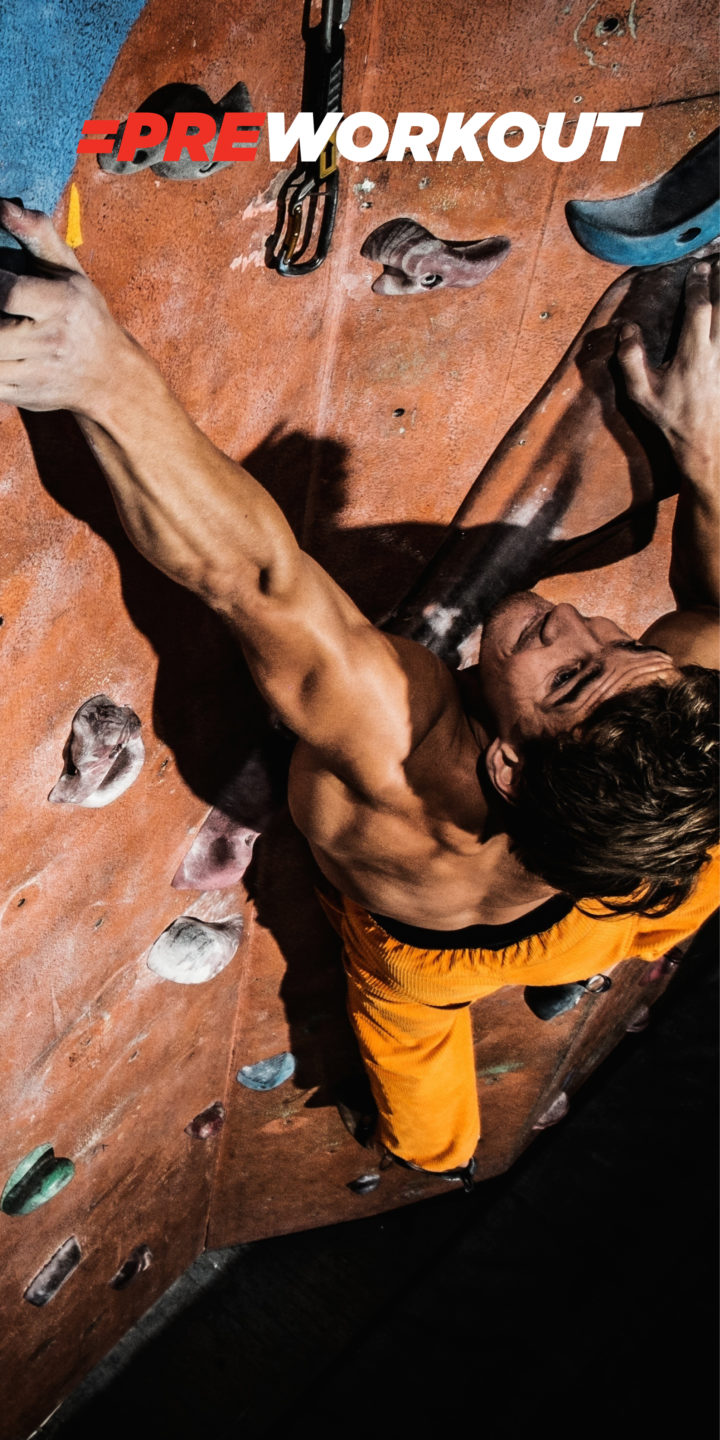Rock climbing for exercise is an excellent way to improve mental and physical health and an enjoyable way to get a full-body workout. Anyone can use rock climbing to burn calories, build endurance, flexibility, balance, and coordination. Rock climbing is also a great way to hone problem-solving skills and increase self-esteem and self-confidence.
To get started climbing rocks, you’ll need to find somewhere to climb, either outdoors or at a gym. You’ll also need some basic gear, like a belay device, a harness, a chalk bag, and ropes. You should also take a moment to learn about the different types of rock climbing, which can help you find the style that’s right for you.
Bouldering
Bouldering is done on shorter structures without harnesses or ropes. Crash mats are placed below the structures to protect climbers in case of a fall. Bouldering is an excellent way to build strength and technique because it requires climbers to use their entire body to move upward.
Top Roping
Top rope climbers are attached to a rope that’s connected to an anchor at the top of the wall. It’s considered to be the easiest form of full-wall climbing, so it’s good for beginners.
Lead Climbing
Lead climbing is a much more advanced skill and can also be a lot more dangerous. In this form of rock climbing, the climber is only attached to their belayer, and they then clip the rope to pre-placed fixed points along the route as they climb. Lead climbing can be an intense workout, so it should be reserved for more experienced climbers.
Trad Climbing
Trad climbing, or traditional climbing, requires the climber to bring their own anchoring equipment rather than being able to clip onto anchors that are already there. There is no route: It’s on the climber to find their own route to the top and place their own anchors as they go.
Indoor Rock Climbing Etiquette and Tips
When you’re rock climbing indoors, always start by warming up your muscles and joints. Listen to your body: If you don’t feel well, don’t climb. Always use proper safety equipment, including a belay device, harness, chalk bag, and rope. Carefully belay your partner and make sure they are secure before they start climbing. When it’s your turn to climb, be aware of other climbers and take care not to bump into them. Once you’re done with your climb, be sure to clean up and put away your gear.
Transitioning From Indoor to Outdoor Climbing
Once you’ve mastered the basics of rock climbing, you can consider moving to climbing outdoors. Before your first outdoor climb, find an easy route to start with; once you have more experience, you can move up to tougher climbs. Next, make sure that you have all of the gear you’ll need, including belaying equipment, a chalk bag, rope, and a helmet. You’ll also need to learn how to read the rock: When you’re climbing outside, there’s a lot more danger, and you’ll have to know how to choose a route that’s safe. If you can, take a course with a qualified instructor who can help you learn everything you need to know to make the ascent safely.
Best Pre Workout for Rock Climbing
If you are interested in a pre-workout for rock climbing, check out the Best for Pre-Workouts for Crossfit Athletes and also the Healthiest Pre-Workout Supplements.
Resources
- Sport Climbing Exercises and Advice for Novices
- Power Up Your Fingers to Climb Higher and Higher
- Seven Home Training Exercises for Rock Climbers
- The Ins and Outs of Indoor and Outdoor Climbing
- Tips for People With Diabetes Who Are New to Climbing
- The Beginner’s Guide to Training for Rock Climbing
- How to Do Rock Climbing: A Guide for the Beginner
- Climbing Strength Training Beginner’s Guide
- Beginner’s Guide to Climbing Training: Building a Base
- Beginner’s Guide to Rock Climbing: Getting Started
- How to Climb Rocks: A Complete Beginner’s Guide
- Rock Climbing for Beginners: Everything You Need to Know
- Best Pre-Workout Supplements
- Beginner Guide to Rock Climbing
- Rock Climbing Techniques for Beginners
- A Beginner’s Guide to Rock Climbing
- Rock Climbing: A Beginner’s Guide
- Climbing Tips for Beginners: 19 Tips to Improve Immediately
